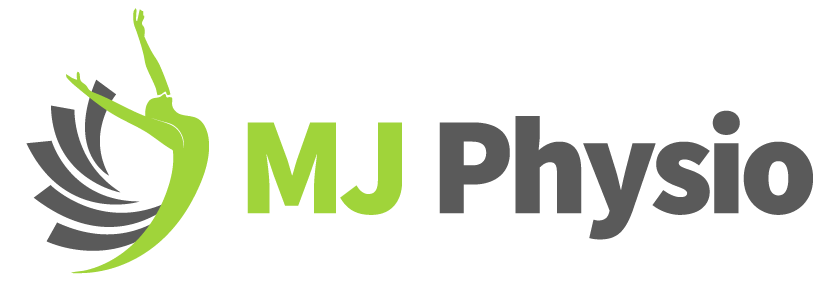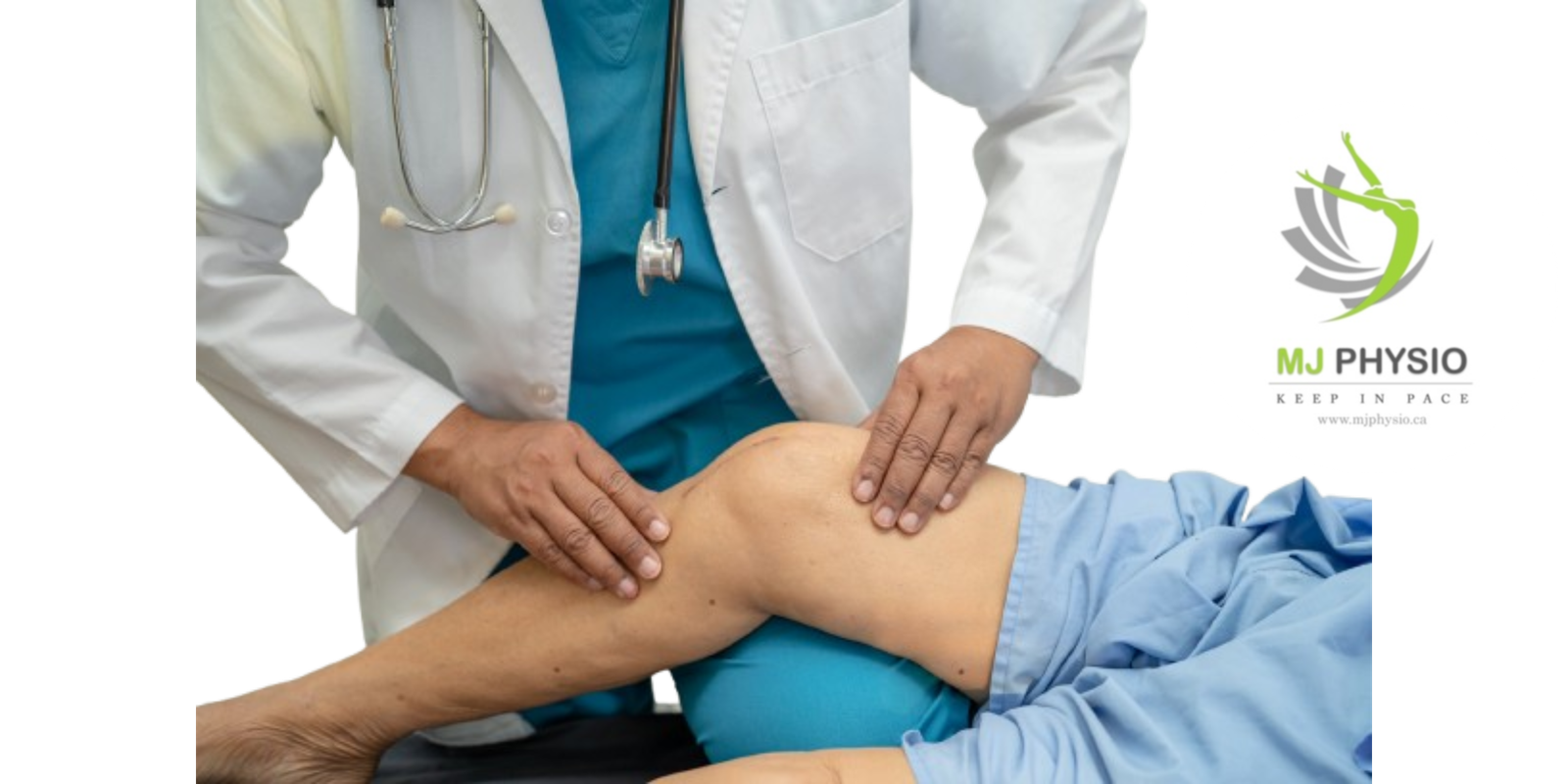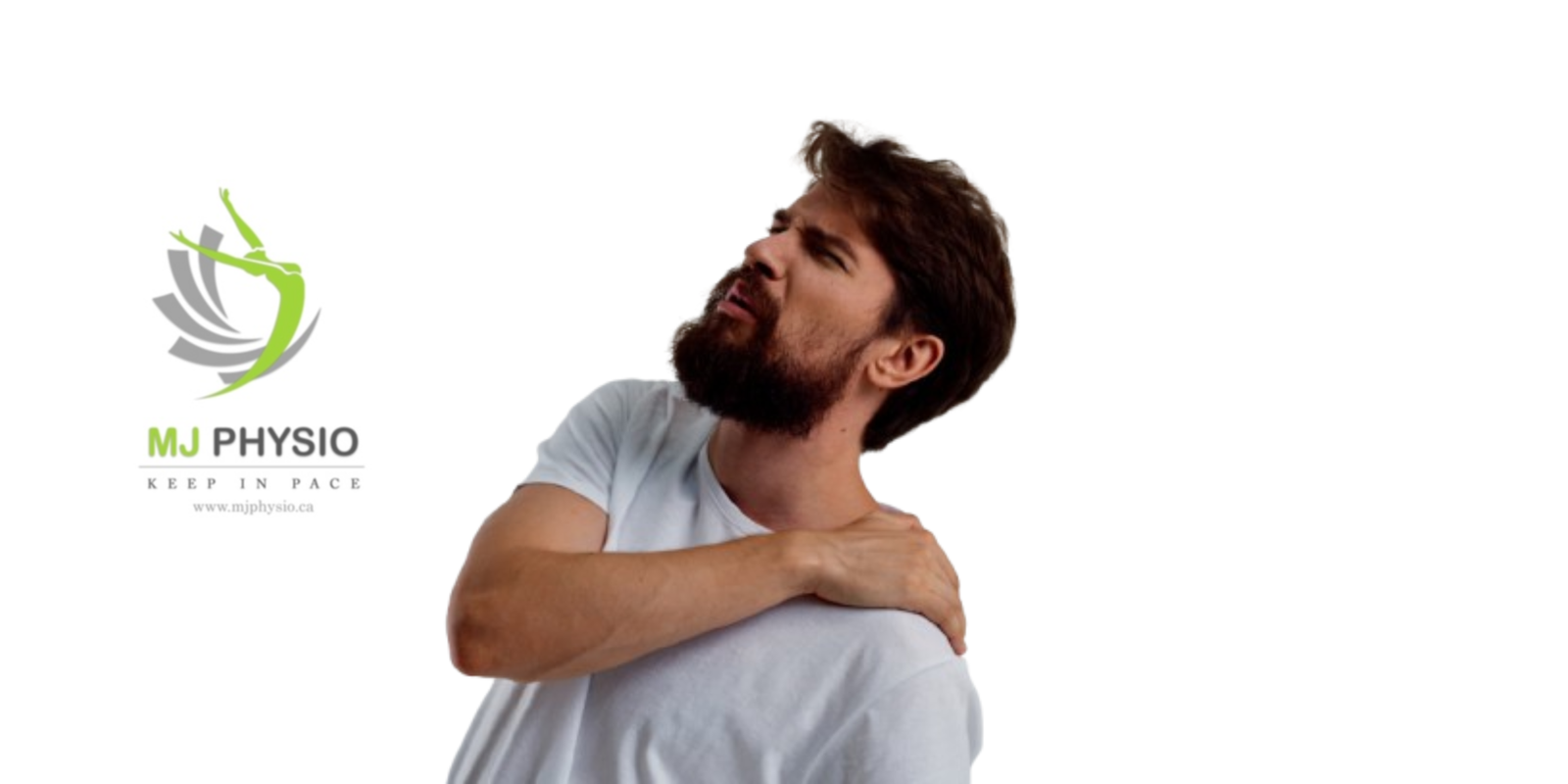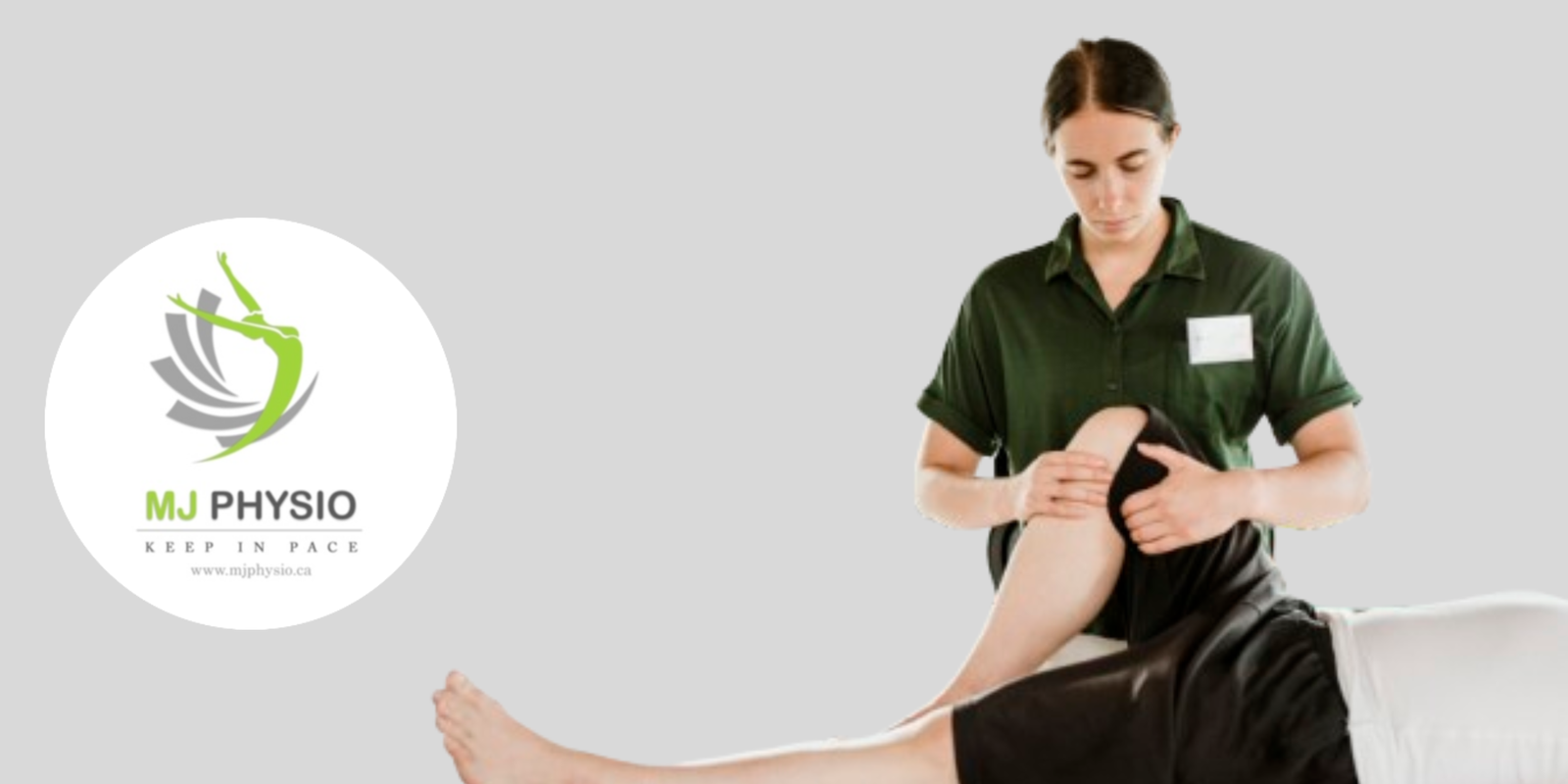Orthopedic Physiotherapy is a branch of Physiotherapy that specializes in the management, treatment, and rehabilitation of injuries or disorders of the musculoskeletal system and the muscles, ligaments, and joints associated with it. These professionals are also highly trained in pre-operative and post-operative rehabilitation of the hip, knee, and shoulder.
The Physiotherapist will initially assess the client and come up with a diagnosis, followed by appropriate treatments to help cure and rehabilitate the individual’s condition. Orthopedic Physiotherapy works towards specific goals, that includes;
- Management of pain, pain relief
- Improving strength, flexibility, and endurance
- Restore maximum function
- Increase in the range of the joint
How is Orthopedic Physiotherapy beneficial?
An injured joint, ligament o muscle can be an excruciating affair, resulting in pain, limited mobility, and loss of motion in some instances. These effects could affect an individual’s ability to go about their daily activities. Here’s where Orthopedic Physiotherapy can be of great help and bring the individual relief.
The focus of this branch of Physiotherapy is to help an individual’s injury heal while improving their strength, range of motion, and overall ability to function normally. Common injuries and conditions treated by Orthopedic Physiotherapy include;
- Ligament sprains, tears or strains
- Fractures
- Arthritis, Osteo, and Rheumatoid
- Osteoporosis
- Scoliosis
- Spondylitis
- Surgery Rehabilitation
An individual could benefit from Orthopedic Physiotherapy if they have been injured and are facing the possibility of undergoing surgery. The injury could be caused by playing a sport or by the repetitive use of the joint. The treatment not only focuses on rehabilitation and improvement but also focuses on getting the individual back on their feet as soon as possible.
Any injury or condition that limits an individual’s ability to function and causes pain as a result of sustaining an injury to the bony or the soft tissue structures may benefit from the knowledge and skilled services of an Orthopedic Physiotherapist.
Also See: Physio Types
Orthopedic Physiotherapy treatments
There are different types of tools that are used during an individual’s session with their Orthopedic Physiotherapist.
- 1. Therapeutic Modalities
The modalities consist of heat, ice, laser, ultrasound, dry needling, and even electrical stimulation. These are highly beneficial and soothing with advantages such as increasing blood flow, improving flexibility, reducing inflammation and pain while helping the individual to relax.
- 2. Assistive devices
Assistive devices are objects that are used as support, such as a cane, walker, crutches, or a sling. The Physiotherapist usually recommends these for regular use at home.
- 3. Evaluation
An Orthopedic Physiotherapist will initially assess the patient and their condition thoroughly before concluding the diagnosis. They evaluate the patient by carefully observing the symptoms seen, the way the patient moves, and how their daily life is affected by the condition. The assessment is done under specific criteria, such as pain level, balance strength, range of motion, and posture.
- 4. Mobilization
A large part of Orthopedic Physiotherapy is to get the patient to their maximum level of mobility while increasing their flexibility and strength. To achieve this, the Physiotherapist will use techniques such as a soft tissue massage or manual therapy to help relieve stiffness and allow the blood to flow.
- 5. Exercise
The Physiotherapist will almost always recommend specific exercises to be done daily to help promote healing and prevent stiffness or swelling. The Physiotherapist can only do so much in the sessions; a large part of the healing is dependent on exercises and the lifestyle of the individual.
There is an extensive range of exercises that could be recommended, but these can be broken down into specific types. The exercises in Orthopedic Physiotherapy include;
- Endurance exercises
- Strengthening exercises
- Stretching and flexibility exercises
- Balance exercises
- Functional mobility exercises
- Plyometric exercises
Difference between Physiotherapy and Orthopedic Physiotherapy
Physiotherapy, in general, aims to help patients in pain. It works on curing that pain and ensuring that it does not come back in the future. Through treatments of Physiotherapy, people can manage chronic pain and rehabilitate from surgeries by improving strength, flexibility, and endurance. It also helps increase mobility and coordination while decreasing any form of pain, swelling caused due to injury.
However, when an individual has sustained an injury or is suffering from a condition related to the musculoskeletal system, it would be for the best to see a professional who has a specialization in that area. Orthopedic Physiotherapy can help strengthen tendons, muscles, and tissue.
Final Words
Orthopedic Physiotherapy could act as a helping tool in the rehabilitation of an injury to the musculoskeletal system. It could be the turning stone to chronic conditions and help the individual regain previous functions. Hence, here are all the things an individual would need to know about Orthopedic Physiotherapy and its many bountiful benefits.





Post Comments